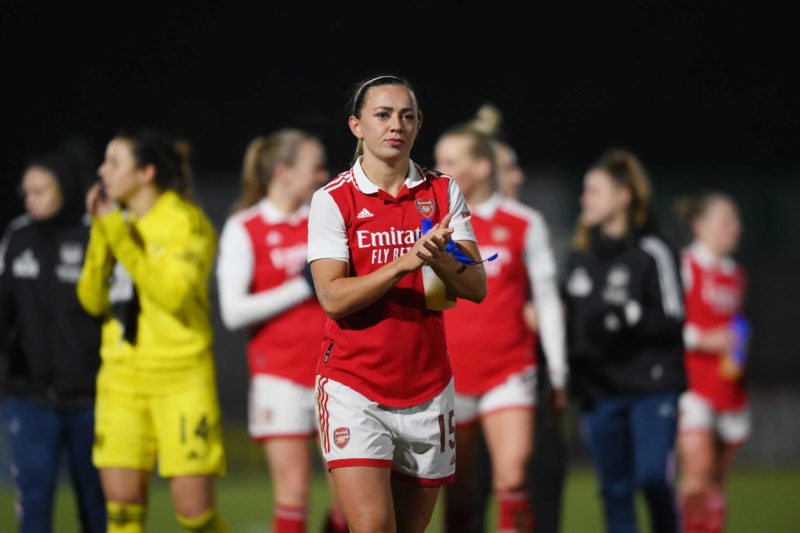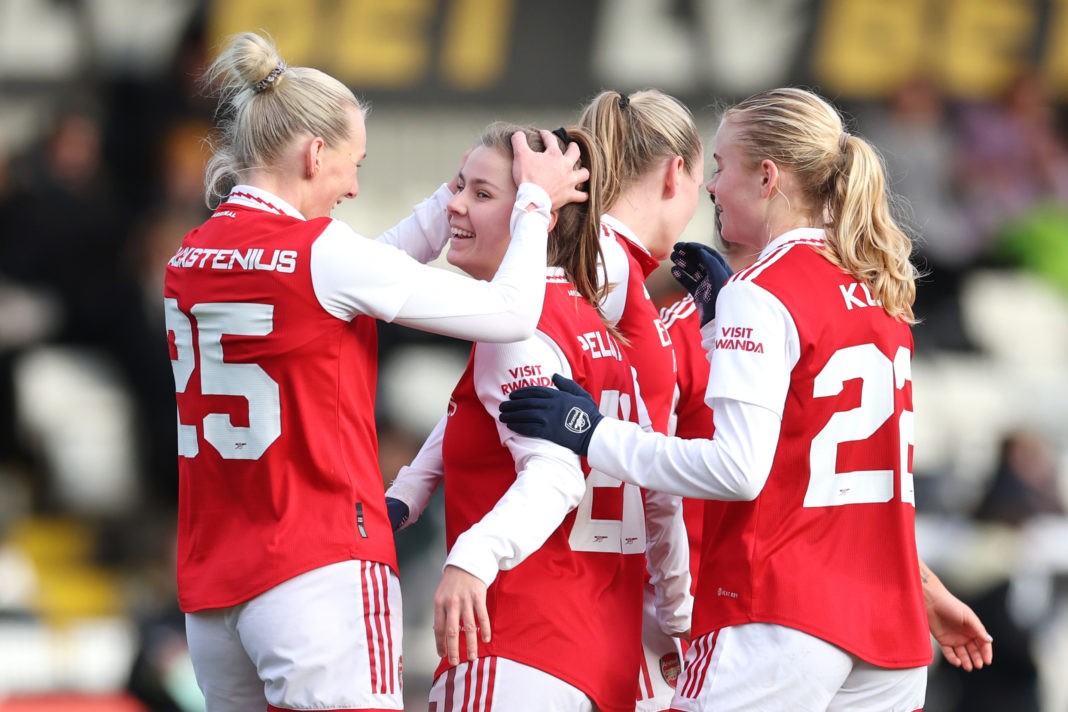Arsenal Women Football Club has increased the wages of its staff by almost 30%, according to the latest published accounts. However, despite the pay rise, the team’s salaries remain considerably lower than some individual male players.

For the 2021-22 season, the total wage bill for Arsenal Women was £4.3m, with an average figure of £98,000 across playing and non-playing staff.
Arsenal FC have stated that it is committed to growing the women’s game in a sustainable way, but the team’s wages still lag significantly behind those of the men’s team.
The total wage bill for the men’s team is in excess of £220m, according to Deloitte’s Football Money League.
The salaries of individual players are not publicly disclosed, but it is thought that England and Arsenal defender Leah Williamson is among the highest earners on the women’s team, with a reported salary of £200,000.
In comparison, the best-paid male player, Gabriel Jesus, who reportedly earns a similar sum every week, adding up to over £10m per year.
Arsenal stated that it aims to invest in top players and pay competitive salaries for both its men’s and women’s teams.
The club added that it is focused on generating consistent revenues through commercial partnerships and increased attendances.
The women’s team saw a 62% increase in turnover, reaching £6.9m in the year to 31 May 2022, boosted by the £8m-a-year broadcasting deal agreed in 2021.
Matchday revenue also increased to £532,000, with four games held at the Emirates Stadium, attracting crowds of 10,000 or more.
While the increase in wages is a positive step for Arsenal Women, the gender pay gap in football remains significant.
Women’s teams often struggle to attract the same level of funding and investment as men’s teams, which hinders the growth and development of the women’s game.
However, with the increasing popularity of women’s football and the growth of the Women’s Super League, there is hope that this gap will narrow in the future.

